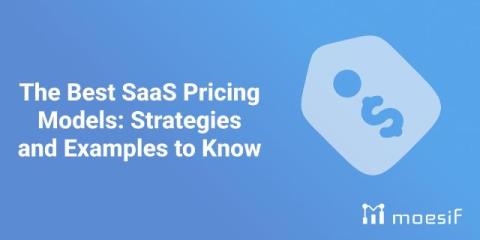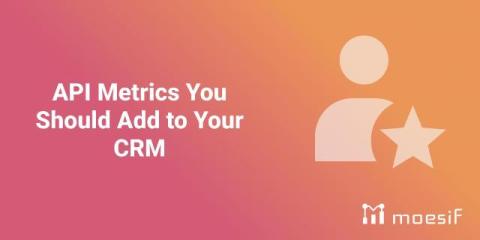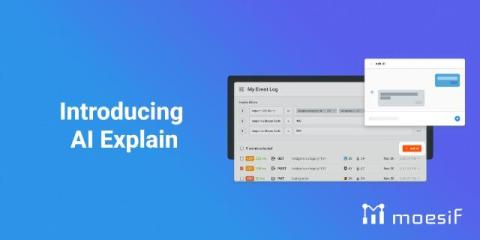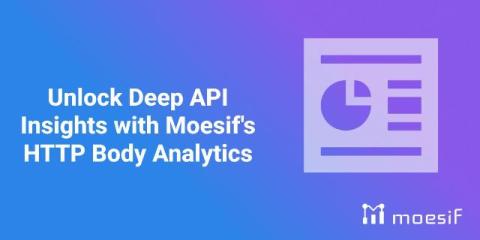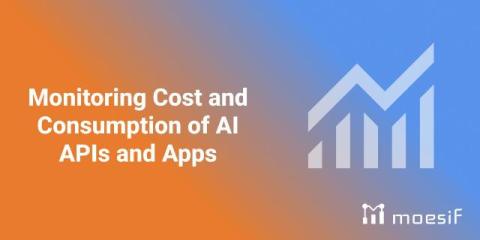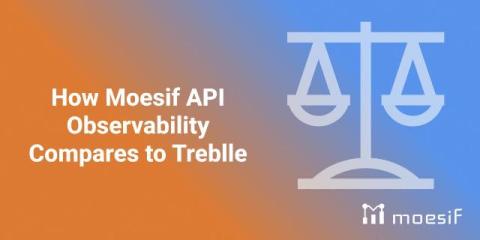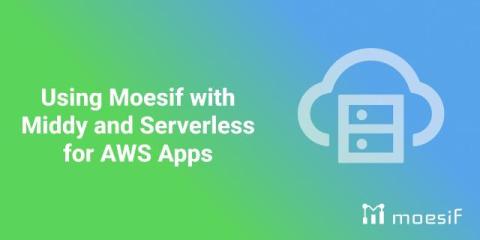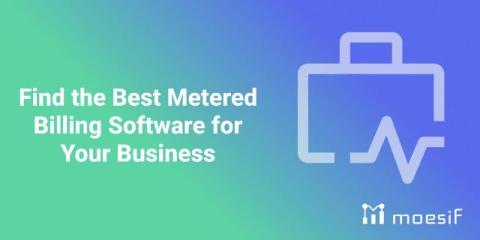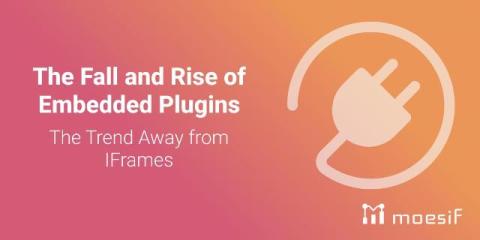The Best SaaS Pricing Models: Strategies and Examples to Know
According to insights from Saas Academy, 99% of companies today use at least one SaaS solution. Pricing models and strategies affect your success more than anything. Therefore, with the SaaS market booming, choosing the right pricing model for your product has become indispensable. In this blog post, we’ll explore the best SaaS pricing models and discuss effective pricing strategies. We’ll also analyze real-world examples from industry leaders.


